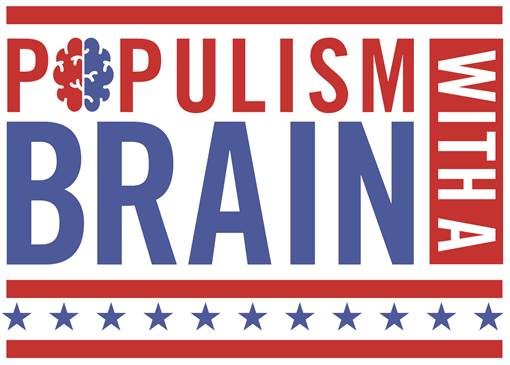Washington Monthly: Populism With a Brain — Ten old/new ideas to give power back to the people.
Populism With a Brain
Ten old/new ideas to give power back to the people.
by Barry C. Lynn and Phillip Longman
The National Review recently described Bernie Sanders and Donald Trump as “two populist peas in a pod.” This was not a compliment. Across the political spectrum, people stick the “populist” label on politicians they see as exploiting the worst resentments and envies of some tribe or another. The segregationist George Wallace, by this reckoning, was a populist. So, too, Jean-Marie Le Pen.
Yet there is a richer tradition of populism in the United States that has new relevancy today. The term itself dates to the early 1890s, when, as the historian Michael Kazin notes, journalists used it to describe members of the newly formed People’s Party. These Populists with a capital P were men and women who, like us, faced an America in which monopolists were fast tightening their grip on all realms of the economy and concentrating immense wealth and political power.
These first Populists drew upon a political philosophy with roots back to the American Revolution. Part of this tradition is familiar—a belief that government must be run by the people. Populists called for direct election of senators and led the push for referendums and initiatives to bypass corrupt legislatures. But another part is largely forgotten—that the people are sovereign over the economy and have a responsibility to structure markets to promote the common good.
This was the “democratic republicanism” of Thomas Jefferson and James Madison. It holds that, just like political power, economic power must be distributed as widely as possible. Thus, the Populists focused much of their energy on combating efforts to monopolize commerce and natural resources, especially land. They also closely studied how to govern large corporations, and strongly supported unionization of workers and farmers to counter the power of concentrated capital. MORE
